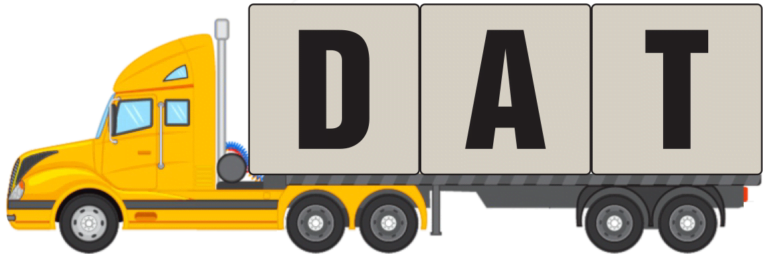In this article, DAT Logistics will share experiences on procedures for importing frozen beef
This is a conditional item when carrying out import procedures, businesses can pay attention to the following information:


1. Legal grounds
Circular No. 24/2017/TT-BNNPTNT
Circular No. 25/2016/TT-BNNPTNT
2. Steps to import food
Step 1: Check the import list
First of all, businesses need to see if the company/manufacturer of the exporting country has registered and has a license to import into Vietnam. This information can be checked on the website of the Plant Protection Department: www.cucthuy.gov.vn
Step 2: Register for import quarantine with the Department of Animal Health
If frozen food items (meat, offal, etc.) are allowed to be imported into Vietnam from the exporting country, the enterprise applies for an animal quarantine permit before the goods arrive.
Profile include:
– Registration form
– Business registration certificate
– CQ, Heal certificate
– Sales Contract
Find out more about regulations in Circular 25/2016/TT-BNNPTNT on quarantine of terrestrial animals and animal products (referred to as Circular 25).
Step 3: Register and do Animal Quarantine at the Veterinary Department when the goods arrive
After obtaining the consent from the Department of Animal Health, and the notice of goods coming from the sea carrier (or air), you make an application for registration with the Animal Quarantine agency. This agency will do the Quarantine and Food Safety sampling procedures at the same time.
Regarding the application for animal quarantine, you need to prepare:
– Registration form (according to form)
– Commercial invoice
– Bill of Lading (with the Veterinary Department requiring the bill of lading to be certified by the carrier)
– Certificate of warehouse of goods owner meeting food safety conditions.
– Register phytosanitary online on the 1-door system: www.vnsw.gov.vn
Registration profile:
– Registration papers;
– Health Certificate of origin of exporting country;
– Quarantine license;
– Sales Contract (contract);
– Commercial Invoice (commercial invoice);
– Packing List (goods packing slip);
– Take quarantine samples;
3. Customs clearance – complete procedures for beef import
Customs dossiers of imported beef products include:
Customs declaration: 1 copy from the software;
Commercial invoice: 1 copy;
Bill of Lading: 1 photocopy;
Quarantine registration certificate has been approved, in Step 2: print from the 1-door Portal (and Quarantine Results, additionally submit when available);
Other documents: Shipping invoice (for ExW, FOB goods), Certificate of Origin, Certificate of Health (if any)…
4. Conclusion – Procedures for importing beef:

The content of the article is for reference only about “beef import procedures” before importing goods, you should contact DAT Logistics to check the most accurate information because circulars and decrees are always change rapidly. All consultations are completely free.

